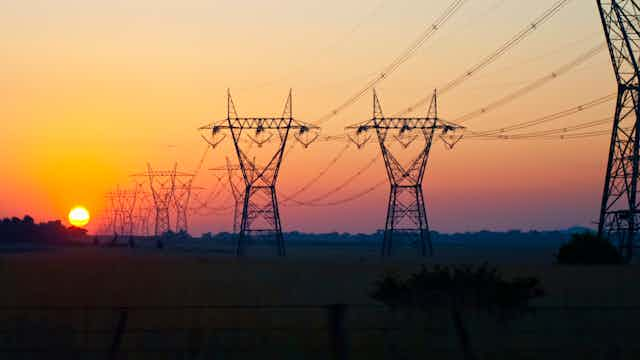Anything that can help cut our electricity bill is to be welcomed, and Tesla’s solar rechargeable batteries, now available in Australia, are just the latest option.
Many Australian households have already installed solar photovoltaic (PV) panels to generate their own electricity, even selling some back into the grid. Now they will have the extra option of storing any electricity they generate to use whenever they like.
But the idea of becoming self-sustaining and coming off the grid altogether is not the way to go if we are to have a system that doesn’t create winners and losers.
The cost of incentives
For any reform to electricity pricing be effective, it must have positive effects on electricity price cost components such as generation, transmission and distribution.
But recent decisions by governments have not considered the interests of the entire customer base. For instance, power generated from solar PV is usually fed to the grid during the day, when wholesale electricity pricing is low, instead of evening peak periods when demand is high in residential areas.
Early adopters of solar are not complaining, though, as they received generous federal government installation incentives and state government legislation protecting their Feed-in Tariffs (FIT). These can be double the present peak tariff rate regardless of the time of day power is returned (in Queensland the solar bonus scheme 44c/kW FIT legislated to 2028).
When this legislation was put in place, governments were concerned predominately with reducing carbon emissions. They did not consider the impact these schemes would have on long-term electricity prices for all consumers.
Government-owned electricity distribution businesses across Australia had to absorb the cost of the generous FIT enjoyed by some customers. They transferred this cost back into the off-peak, peak and fixed cost components of all customer electricity accounts.
The biggest losers of this were customers who had no opportunity to take up those incentives such as renters, unit owners and low-income households.
A broken system
The traditional market arrangement is already broken. The distributed generation of electricity by solar, wind and other alternatives and storage, such as home batteries, are being manufactured on a scale that will accelerate their market penetration.
As a society we don’t want to repeat the mistakes of the solar PV incentive schemes that created winners and losers.
So any policy that motivates a significant proportion of the population to go off-grid would have a catastrophic impact on the electricity industry. Prices would need to rise for those still on the grid as the largely fixed electricity distribution cost burden would be carried by fewer customers.
At the moment, the electrical power industry operates within what’s termed a Just-in-Time (JIT) framework. That means there is no electricity stored so it must generate what it needs to meet the demand at the time. It is reliant on variable customer demands and other factors such as the weather.
But if there was adequate storage in the grid from homes with batteries, engineers could design grids and power plants for a relatively consistent base load power generation. This would result in a much lower average wholesale electricity price.
Researchers are working on intelligent energy storage management systems. These will enable communications between the grid transformers and any energy storage, such as home batteries, for the timely release of stored power to the grid.
Similar ideas are already being talked about by others in the battery storage industry and were presented at a conference on clean energy in Brisbane this week.
Any renewable energy policy should be refined to only give incentives to renewables that are coupled with energy storage. This will stimulate the energy storage industry and lower the price across almost all electricity cost components by flattening the electricity demand curve.
A smart part of the network
So a combined solar PV and battery storage system should not get people thinking they can survive off the grid. Instead, they should be thinking about how they can be part of an intelligent electricity network that deliveries efficiencies for all.
Intelligent metering combined with a rethink on electricity tariff arrangements, such as time-of-day pricing and peak pricing, would enable a truly efficient cost-reflective pricing regime to take hold in Australia.
Any benefits from a smart grid arrangement would require all customers to be on board. It would also require all levels of government to be bold enough to carry the burden of one of Australia’s most significant reform agendas.
Widespread intelligent metering and regulatory change in the power industry can reduce the price of electricity in the short term. In the medium term, energy storage is the missing link for further driving down pricing for all Australians.
A not-so-smart network?
But what if there is no intelligent metering to make use of any increased take up in battery storage systems, and people still opted out of the grid?
In this scenario, state governments could legislate that a significant fixed cost must be carried by any off-grid customer if an existing electricity supply runs past their premises.
Such legislation is not uncommon for utility services. Councils have for years charged customers the full cost for “available” sewerage services even when the premises has its own off-grid septic wastewater system.
So going off grid may not be the smartest move in delivering any savings to a household’s electricity bill.

